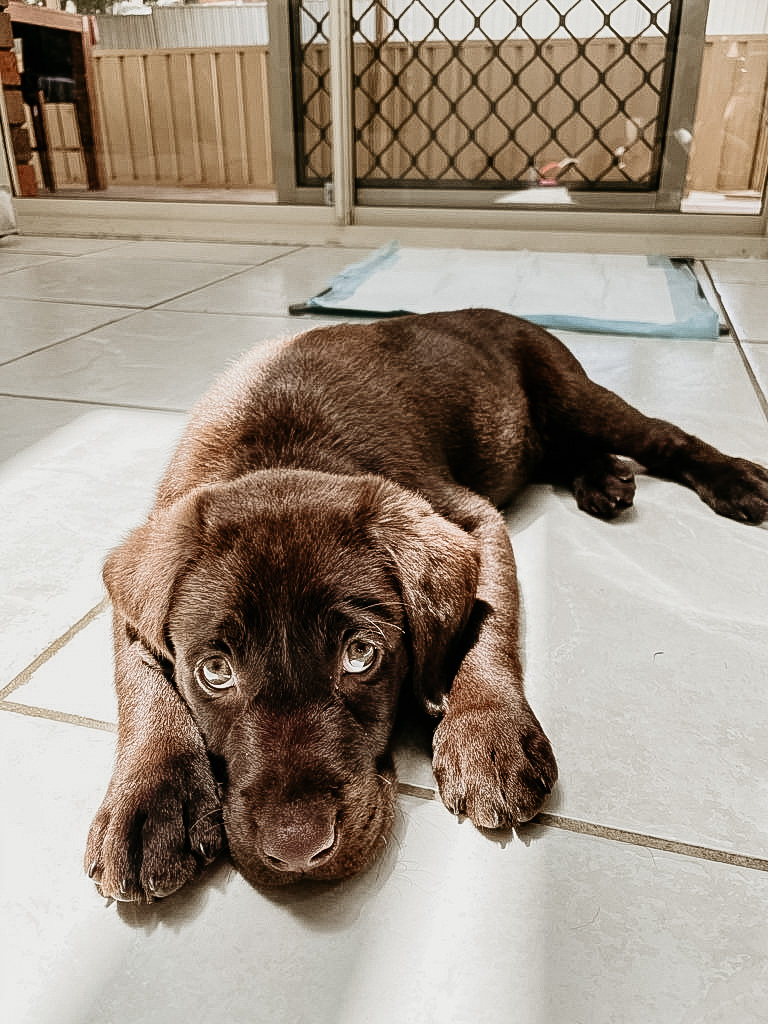Welcoming a new puppy into your home is such an exciting time. But before you splash out on 3 different beds, 8 uniquely-printed harnesses, a custom-made collar with their name on it, and begin setting up their Instagram account, it’s important to make sure that you, your family members, and your home are all properly prepared for the responsibilities and care that a puppy involves.
It’s easy to make simple mistakes with your puppy without even realising it, but often they can be at both yours and your pup’s detriment. A little bit of research about training and behaviour before your pup enters your home can go a long way to ensuring your puppy grows into a healthy, happy, and well-balanced dog!
Try to make sure you’re not making these 8 mistakes with your new puppy…
1. Lack of socialisation
Early socialisation for dogs changes brain architecture, so proactively socialising your puppy is absolutely vital. Puppies have what is called a ‘critical socialisation period‘ between approximately 3-17 weeks of age, and their experiences during this critical period of learning and development can influence and shape their behaviour well into adulthood. Early socialisation helps puppies build confidence and fosters healthy physiological growth. Exposing them to new experiences which test all their senses, particularly sound, sight, and feeling will accustom them to the world around them, even before they’re old enough to fully explore it!
We also recommend getting your puppy enrolled in a local Puppy School as soon as you can.
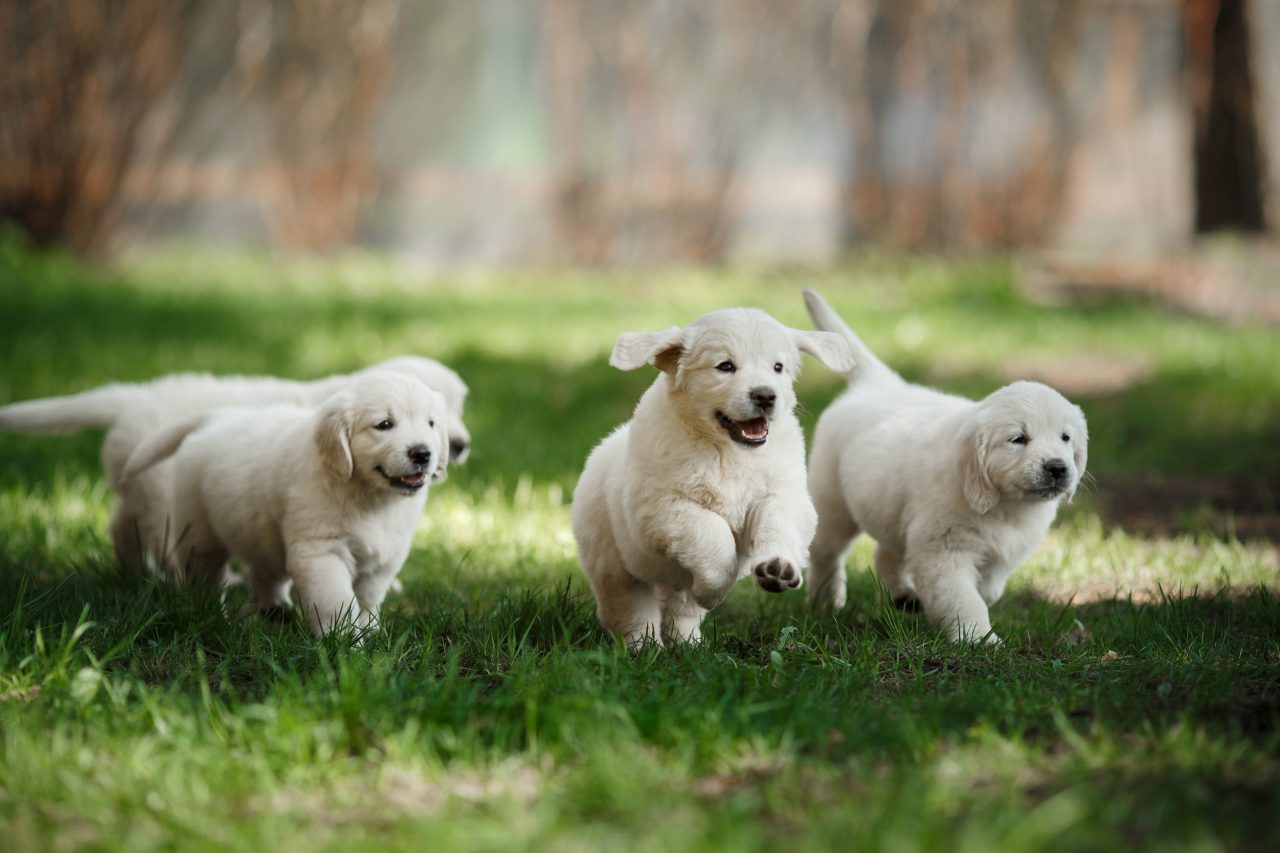
2. You’re not building their confidence
Your puppy needs guidance and structure in order to grow. They look to you as their mentor, so it’s your job to guide their confidence-building rather than keeping them sheltered from things they don’t understand and may be too scared to experience. Socialisation and exposure to new environments and experiences, as mentioned in our first point, plays a huge role in confidence-building. To build your dog’s confidence in a more general way, provide them with enrichment activities and relationship-based training. Puzzle feeding and nose work is a great help!
3. You’re giving them too much independence
Puppies are curious creatures, but without proper guidance, structure, and boundaries, a curious pup can quickly become a troublesome pup. Improper elimination of dangers in the home, destroyed clothing or shoes, chewed wiring, or even escape can end up ruining your day and causing harm to your puppy. Not only does too much independence put your pup at risk of hurting themselves, but the more they learn to make their own decisions, the harder it will become for you to re-establish dominance in your human-puppy relationship later down the line and your training efforts will be set back even further.
Prevent this by ensuring that your new pup is either with you, in their crate, or within a fenced enclosure. Only when your pup’s housetraining is reliable should you begin to slowly increase their indoor independence.
4. You haven’t started on basic training yet, or you’re not spending enough time focusing on training
It’s never too early to begin training your pup. An eight-week-old puppy is completely capable of learning basic obedience commands the moment you bring them into your home. By beginning simple obedience skills such as sit, down, stay, and come from early on, you’ll set the tone of the sort of behaviour and engagement you expect from your pup whilst creating a sense of focus and enthusiasm crucial to a well-mannered pet. We recommending starting training from day one!
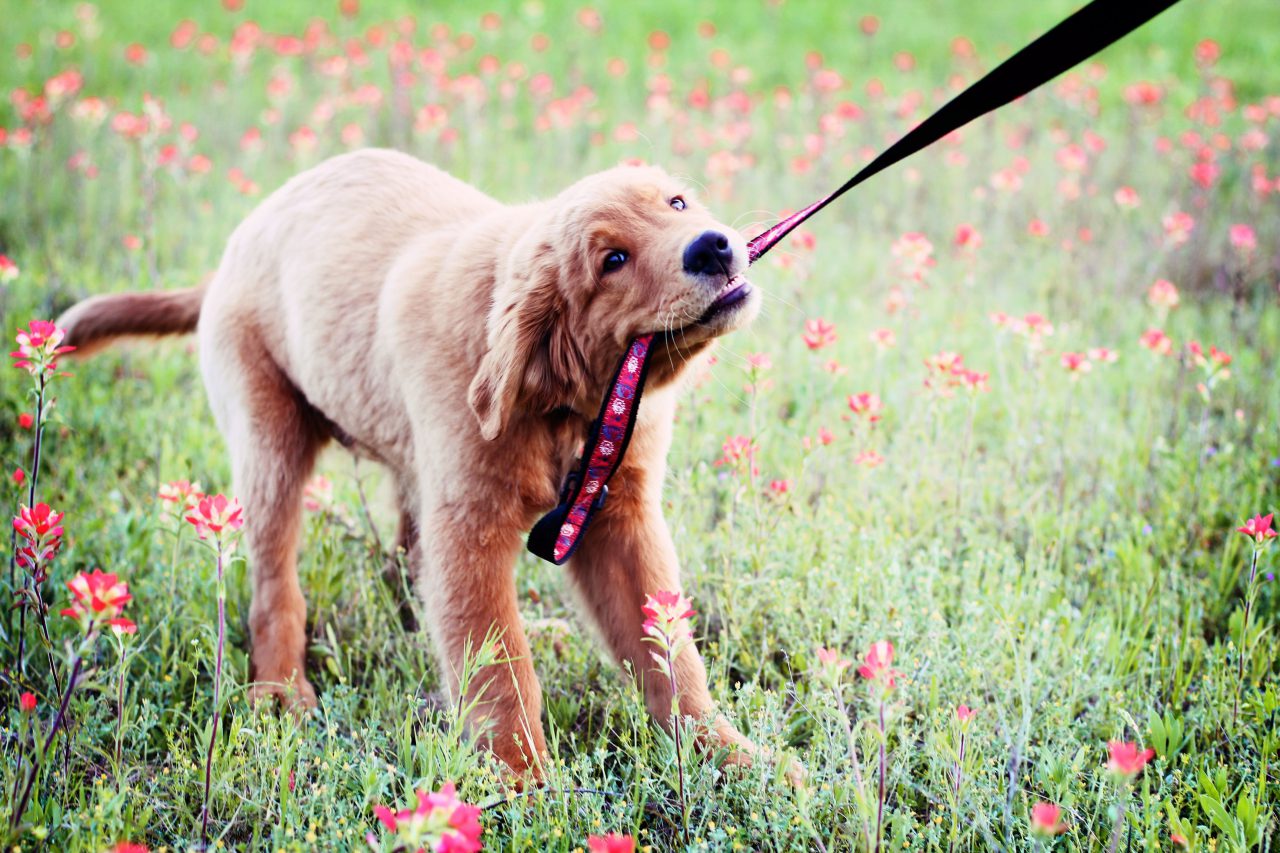
5. Your training is confusing
Dog behaviour needs to be black and white. Whilst dogs are highly intelligent creatures capable of learning an impressive range of commands and skills, unlike us humans they’re not capable of the kind of deep and complex communications that we have with that of our own species. So if you want to see speedy progress in training your new pup, you need to keep things clear and simple.
Here’s a few tips to help keep your puppy training uncomplicated:
- Make sure you’re rewarding your puppy as soon as they provide the appropriate response to your command. Waiting too long may mean they don’t fully grasp what you’ve asked them to do and won’t retain the command’s meaning.
- Don’t repeat your commands too many times. If your pup is failing to respond, they may have reached their training threshold, so give it a break and come back to it later.
- Make your commands clear. Don’t confuse your puppy by saying too many words or an entire sentence that they simply won’t understand.
- Use the correct tone. Whilst puppies don’t speak English, they are more than capable of understanding the tone in the words we use.
- Always use positive reinforcement. If your pup does the wrong thing, it’s your job to guide them to do the right thing next time. Ensure that you’re redirecting your puppy rather than pushing them.
6. You’re ‘free feeding’ them
Many puppy and dog owners in general underestimate the value of food and how it can be utilised. Feeding your dog via a bowl completely kills their food drive and turns eating from a fun, engaging and rewarding experience into a mundane, everyday routine. As soon as you can, get out of the habit of feeding your puppy from a bowl and instead use their kibble as rewards for their training. Enrichment toys and puzzles are a great way to allow your dog to tap into their natural scent-searching instincts and make them really work for their food.
Leaving food for your puppy to graze on all day also fails to establish a routine and can quickly lead to obesity. A dog that always has food in their system will need to toilet more often. However, by establishing feeding time routines, you’ll “synchronize” their system, and make toilet training so much easier. Predicting when your pup is hungry is also a fantastic training tool; twenty minutes before mealtime, they’ll do just about anything for those biscuits!
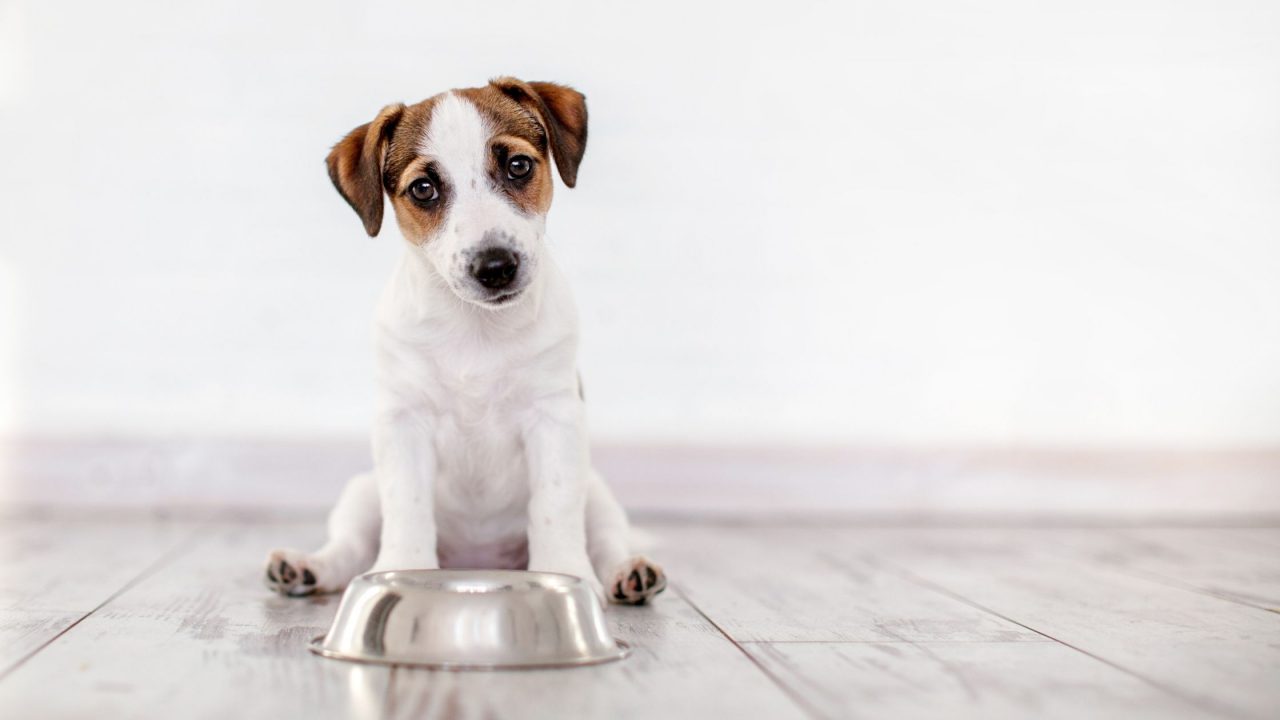
7. You’re not establishing a routine
Remember all that stuff we said about confidence-building? Establishing a routine for your pup plays a big part in assisting with building a dog’s confidence.
Dogs love routine. Knowing when they’ll get to eat, play, walk, and sleep creates a confidence in them that minimizes stress and builds a healthy anticipation. For puppies, it’s particularly important to establish a reliable schedule for feeding, walking, toileting, and playing. Especially for your pup’s first six months, ensure you commit to a solid schedule for your puppy that includes predictable chances to toilet, eat, nap, play, and train. Whatever schedule you set, sticking to it will inspire confidence in your puppy and make their transition into adulthood easy.
8. You’re the one causing their Separation Anxiety, not them!
When welcoming a new puppy into your life, it’s hard to resist spending every waking moment with or around them – letting them sit with you on the lounge, inviting them into bed at night, or having them join you on every trip out of the house. But this might all be to the detriment of your puppy’s mental health.
The issue is, dogs are more anxious than most owners would expect. Their receptiveness to humans means they can often mirror the emotions they express. So if you’re anxious about your dog, you can bet your bottom dollar they’re reflecting that anxiety, too.
Changing your dog’s behaviour is pretty simple if you’re able to recognise the signs of Separation Anxiety. Separation Anxiety in dogs has been found to be the primary reason behind many frantic and destructive behaviours that pet parents often mistake for other behavioural problems. Treatment for separation anxiety is essential because it will make your dog calm and happy, which means you stop coming home to a house that’s half chewed-up!
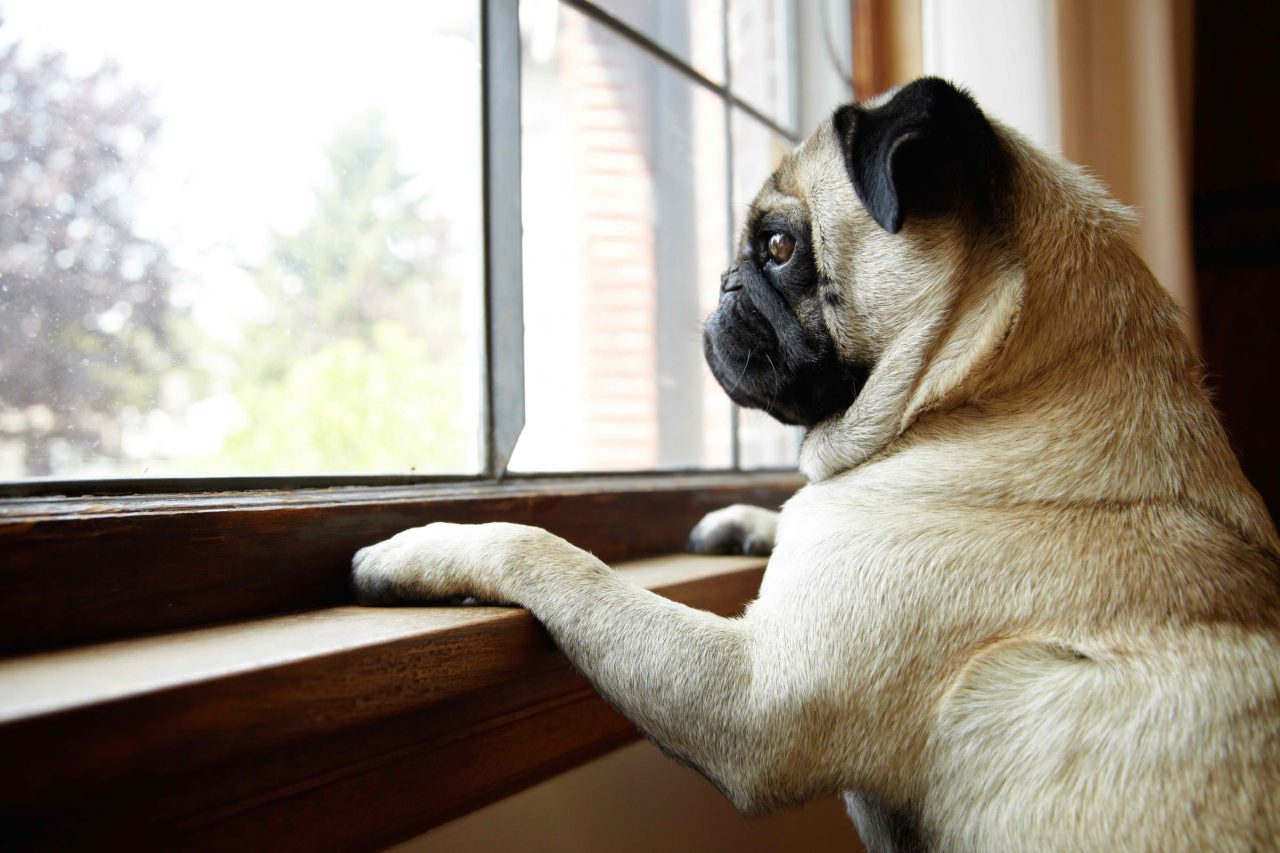
So what can you do to reduce the chances of your puppy developing Separation Anxiety? Here’s our top recommendations…
1. Change Your “Going Away” Signals
2. Downplay Goodbyes and Hellos
3. Make Sure Your Dog is Used to Being Alone When You’re Home
4. Create Their Own Personal Space with Place Training
5. Leave Comfort Items and Background Music On
6. Don’t Leave Your Puppy Alone for Too Long
7. Don’t console them every time they ask for it
8. Crate train, crate train, crate train!
Want to find out more about these recommendations and how to implement them? Check out our blog which goes into much more detail here.
There’s a lot to learn about owning a puppy, and everyone’s bound to make mistakes, so don’t beat yourself up if you feel a little lost and deflated along the way. It’s not the walk in the park many people think it is, but it’s always a rewarding experience, and there are plenty of resources available to assist new puppy owners in their journey. If you dedicate yourself to doing what’s right for your puppy, they’ll grow to be a happy, healthy, and well-balanced dog. Plus, you’ll create a bond based on love and respect that will be stronger than ever!

